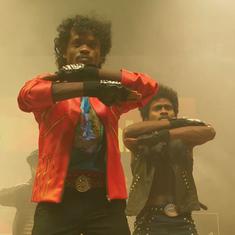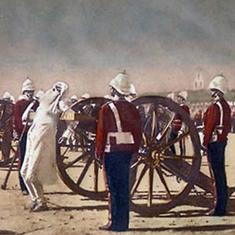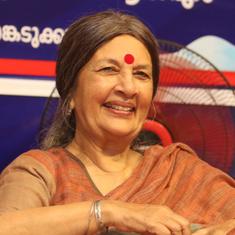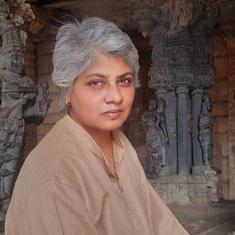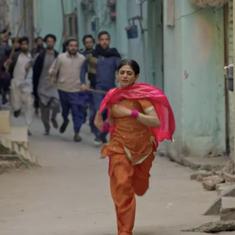I read this interview (“‘What unites the Kannada world is an admiration for vachana literature’: Writer Srikar Raghavan”) with mixed feelings. His observations on the plight of the immigrants in cities and the work of civic activists like SR Hiremath make sense, as does his analysis of Naxalism in Karnataka.
One should not judge a book by its covers and reviews. But if one has to go by the opinions expressed in this interview, one can only lament the author’s ignorance and prejudice. The same can be said of the interviewer. A case in point is the following passage:
“Despite the faithful recording and echoing of leftists that they failed to engage culturally with the masses, the book amply demonstrates the deep interest and grounding of writers (who may broadly be grouped with the left) in Indian religions, philosophy, and folk culture. A telling line is the claim by UR Ananthamurthy that they earnestly searched for god but returned empty-handed. This belies claims of mindless imitation of the West, often levelled by the right wing.”
The Left has always used the term “masses” for ordinary people. It is condescending. The leftists, as authors, failed to engage with the reading public. How much of their writing has stood the test of time? A number of them, like UR Ananthamurthy, professed interest and claimed understanding of religion and philosophy, but knew precious little. Did they earnestly search for god and return empty-handed? Hardly.
Why must one associate all good writers with the Left? “Left” and “Right” are labels of partisanship. Great writing can transcend the writer’s own ideological leanings. SL Bhairappa’s fiction like Doora Saridaru and Griha Bhanga have nothing to do with the Rashtriya Swayamsevak Sangh and its line of thought that he admires. Bhairappa is a wonderful narrator of stories and he understands the rural landscape as few of the “navya’ (neo-modernist) writers do.
Contrary to Srikar Raghavan’s claim, the” Navya” movement did not begin in the 1950s. It made its debut in the 1960s. One does not have to be right-wing to point out that their inspiration came from writers like TS Eliot and Albert Camus.
Early 20th-century writers like Masti Venkatesha Iyengar, DV Gundappa and DR Bendre were steeped in religion and philosophy, yet their writing was rooted in the lives of simple, ordinary folk. Raghavan goes overboard in praising vachana sahitya for its egalitarianism and universalism.
What unites the Kannada world is language, literature and culture. For a Kannadiga, vachana sahitya and haridasa sahitya both are an integral part of life.
Raghavan chooses to call Alur Venkata Rao a “subnationalist”. Rao was a disciple of Tilak and Gandhi and was at the forefront of the freedom movement in Karnataka. He also fought for the unification of Karnataka as a state. His struggle for the cause of Kannada and Karnataka does not become subnationalism or parochial nationalism.
One issue that Srikar Raghavan has with the early historical fiction in Kannada is that it did not incorporate the many sultanates of the Deccan. But a novelist can only create a fictional world that he can imagine from within.
There are vast and varied connections between life and literature, literature and society and not through the polarised lens of present-day discourse. Srikar Raghavan and others of similar persuasion must set aside their blinkers and approach the language and literature of the Kannada world with humility. Late Alur Venkata Rao, Masti Venkatesha Iyengar, DV Gundappa and DR Bendre dedicated their whole lives to the cause of Kannada and Karnataka.
Gundappa’s mother tongue was Tamil and he wrote exclusively in Kannada. Bendre’s mothertongue was in Marathi. He wrote his verse in Kannada alone. There is no lack of authentic voices in Kannada, be it Jayant Kaikini or Banu Mushtaq. They have already figured on your web site. If you look for others, you will find them too. – Nagesh Havanur

